It is a testament to the pervasiveness of 1960s youth culture that even people as completely square as my parents got a little hip to it.
Here were a couple of good Jewish kids who met during college in Boston, got married at 21, and started raising a family not long after that in suburban Chicago. They knew nothing of Woodstock or Haight-Ashbury. They joined the throngs at a few Vietnam War protests but could hardly be called radicals. My father never smoked marijuana, and the one time my mother tried it, she was so nervous about getting in trouble that she didn’t properly inhale. “On the ‘hip’ level,” she told me recently, “we were probably down in the negative range.”
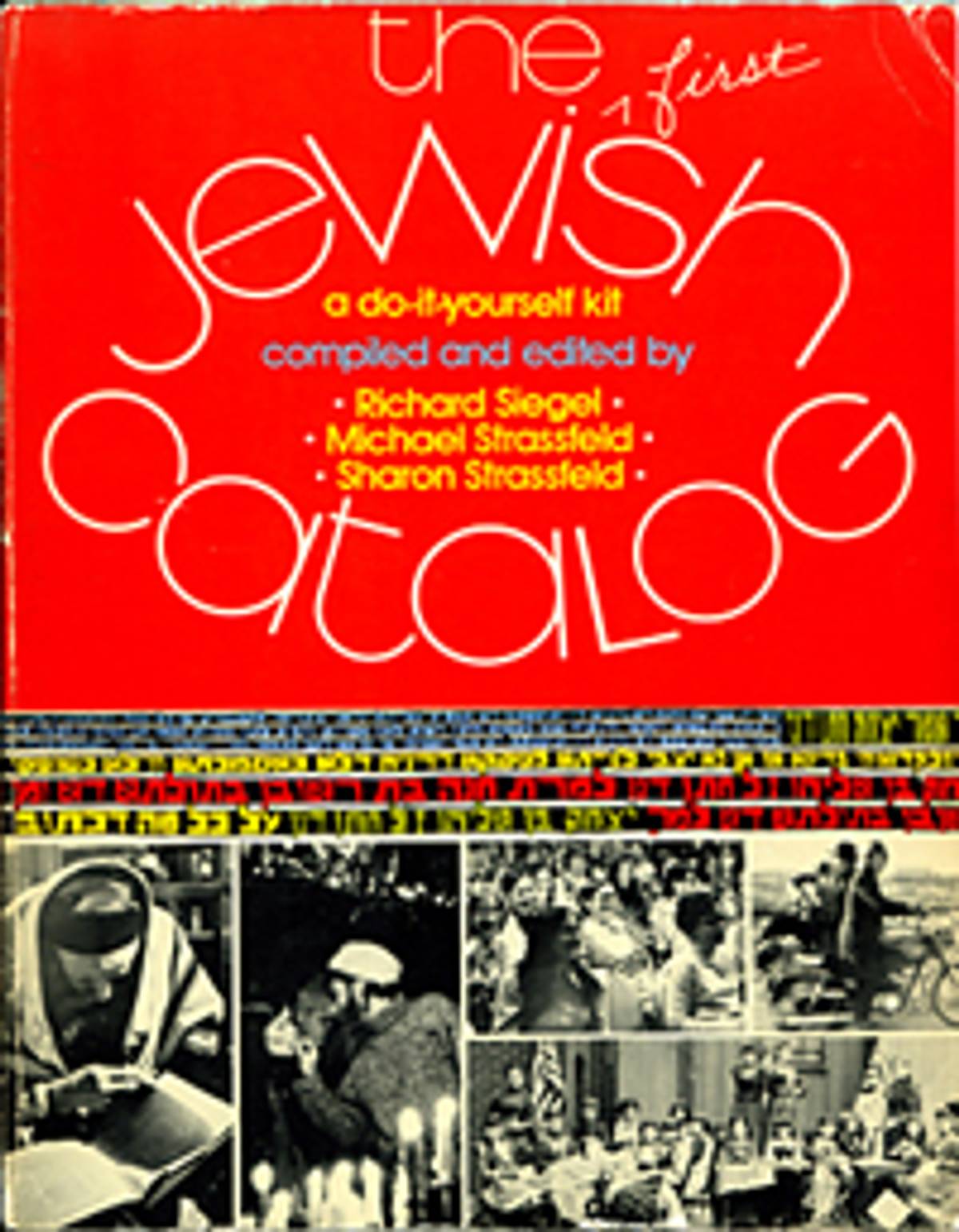
But some things were, perhaps, unavoidable then, like inane news about Lindsay Lohan is today. By the time I was born in 1975, our house was punctuated with little emblems of the era; these shone for me like beacons. Despite my parents’ heavy Neil Diamond predilection, for instance, some Joan Baez and Simon and Garfunkel albums seemed to have fallen from a planet of fairies into our living room. My parents had chunky macramé plant hangers and trippy Marimekko hangings on the wall. And on their bookshelf was an oversized red volume called The Jewish Catalog.
The Jewish Catalog, a 320-page tome first published in 1973, was not necessarily a hippie artifact. But it had a profound effect on me growing up that I associated with hippie culture, subtly signaling that Judaism, like life, was a sort of groovy pursuit to be embarked upon however you wished.
The Jewish Catalog was a kind of choose-your-own-adventure book, inviting you to open to any page and follow your whims. Not meant for chronological reading, it was split into four esoterically titled sections—“Space,” “Time,” “Word” and “Man/Woman”—each of which contained subsections hewed to an aspect of Jewish life, ranging from the practical to the abstract. Did you want to learn how to travel cheaply in Israel? Turn to page 87. How to make cholent? A recipe on page 25 produces enough to feed “ten normal people or two Hungarians.” Want to bring the Messiah? There are 10 suggestions on page 250, ranging from “plant a tree” to “listen inward, inward to your own heart.”
Leafing through its pages, the pictures appeared like filmy images from a dream. There were long-haired kids wearing yarmulkes and peace-sign shirts, holding hands and dancing barefoot in the grass, or sitting low to the ground inside a breezy sukkah, mellow smiles on their faces. There were grainy old photographs of Lower East Side pushcart salesmen and square-jawed balabostas wearing kerchiefs.
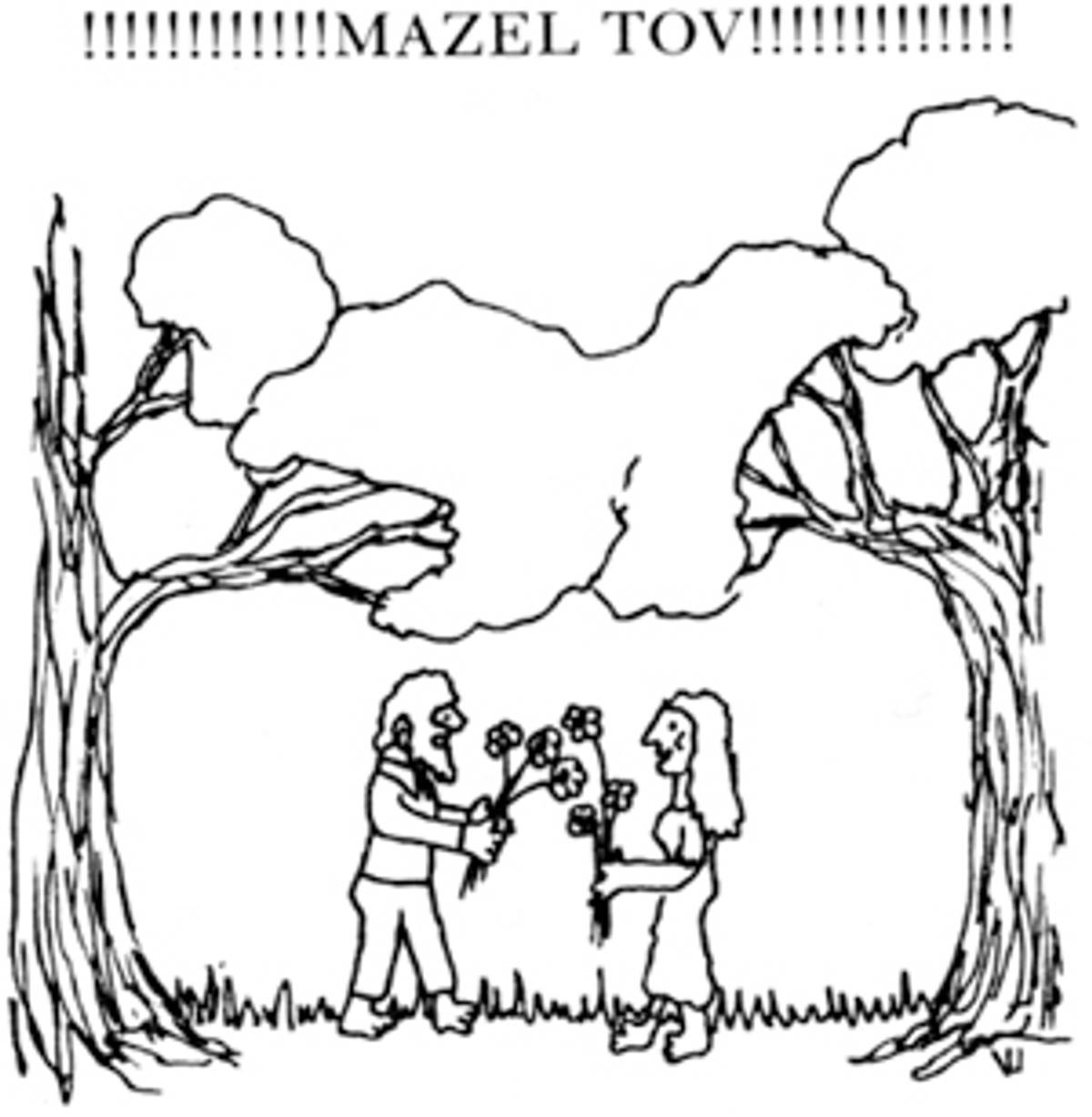
There were lots and lots of pictures of Hasidim, walking around with shtreimels atop their heads or sitting at wedding banquets. Interspersed throughout the book were swirly, woozy little pen-and-ink drawings, as if the manuscript had been handed over to an illustrator on acid who was asked to decorate the margins.
The catalog was inspired, according to its editors, by the Whole Earth Catalog, the iconic late 1960s resource that encapsulated that era’s radical experimentalism, back-to-the-land practicality, and general counterculture vibe. First published in 1968, the oversized Whole Earth Catalog appeared twice a year until 1972, and was also divided into broad, esoterically titled sections like “Nomadics” and “Understanding Whole Systems.” Within was a comprehensive guide to just about everything, from where to buy a one-man sawmill, to the theories of Buckminster Fuller and Carl Jung, to how to form a community credit union. In the spirit of the Whole Earth Catalog, information begot liberation, and everything was knowable, if not within the pages of the catalog itself, then in books it directed you to or pamphlets it encouraged you to send away for with a self-addressed stamped envelope.
Similarly, The Jewish Catalog was about getting equipped with the means to simply do it yourself. Within its pages lay step-by-step instructions for making your own paraffin Shabbat candles, crocheted yarmulkes, needlepoint challah covers, traditional Purim gragers, mezuzahs out of soft clay or walnut shells, and Sabbath feasts for 35, to say nothing of the precious directions for making your own shofar out of the horn of a ram, antelope, gazelle, or Rocky Mountain goat. “STEP 1: Boil the shofar in water for at least two hours and probably as long as five…. The cartilage can be pulled out with the aid of a pick. If the horns are small, the cartilage can be removed in about half an hour.”
I certainly didn’t see my parents dipping their own Shabbat candles, carving their own mezuzah covers, or scraping the cartilage out of a Rocky Mountain goat horn for a shofar.
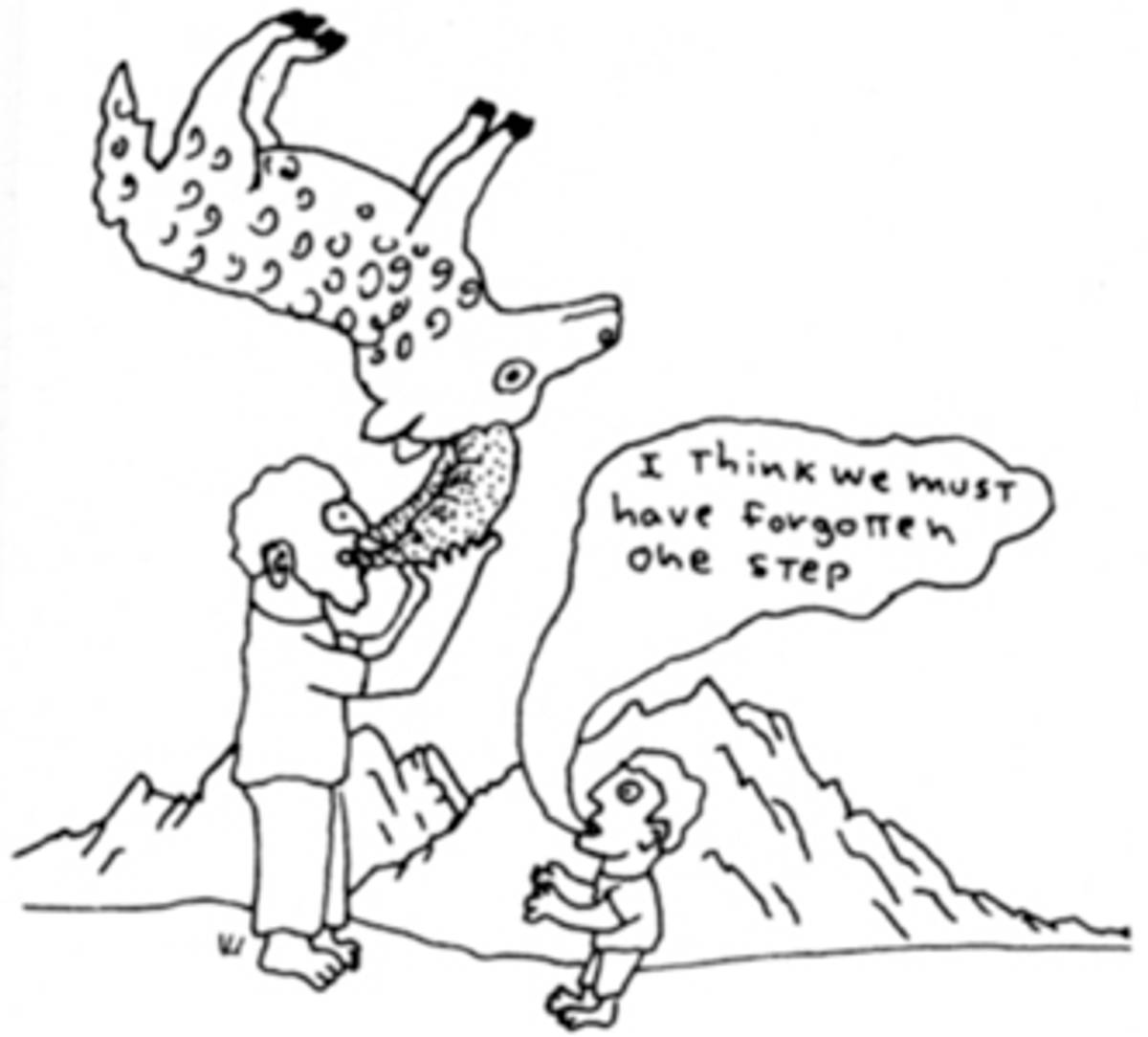
But they did use it, so much that the pages became dog-eared and, it appears, stained with chicken soup. My father was raised Orthodox in New York, and my mother grew up reform in New Jersey. They agreed to meet halfway in their marriage and became Conservative, which still left my mother with quite a bit to learn. “I was brought up in a home where we didn’t celebrate any holidays other than Passover and Rosh Hashanah,” she says. “I went through years of Hebrew school, but by the time I was married, my knowledge was pretty sketchy.”
Most of their friends had copies of The Jewish Catalog, and for my mother, it was a user-friendly guide to a Jewish life she had never actually lived. Suddenly making Shabbat dinners, she mined it for recipes and information on the order of blessings. Celebrating holidays other than Passover and Rosh Hashanah, she consulted it for instructions on how to, say, decorate a sukkah. For my yeshiva-educated father, who was well acquainted with much of the information contained in the Catalog, it was meaningful in a different way. Like many kids who grew up Orthodox in the generation following the Holocaust, he’d grown up thinking Judaism was a strict, dour affair, but the catalog was evidence to him that in fact it could be fun. Together, my parents used it to help craft an earnest, positive Jewish household. And when I discovered it on their bookshelf, The Jewish Catalog let me believe that somewhere out there beyond the cut lawns and latticework sidewalks of suburban Chicago was an even greater Jewish fantasy world where everyone really did sit around crocheting yarmulkes and sewing needlepoint challah covers, and they looked really happy doing it. Jews looking happy being Jewish. Amazing.
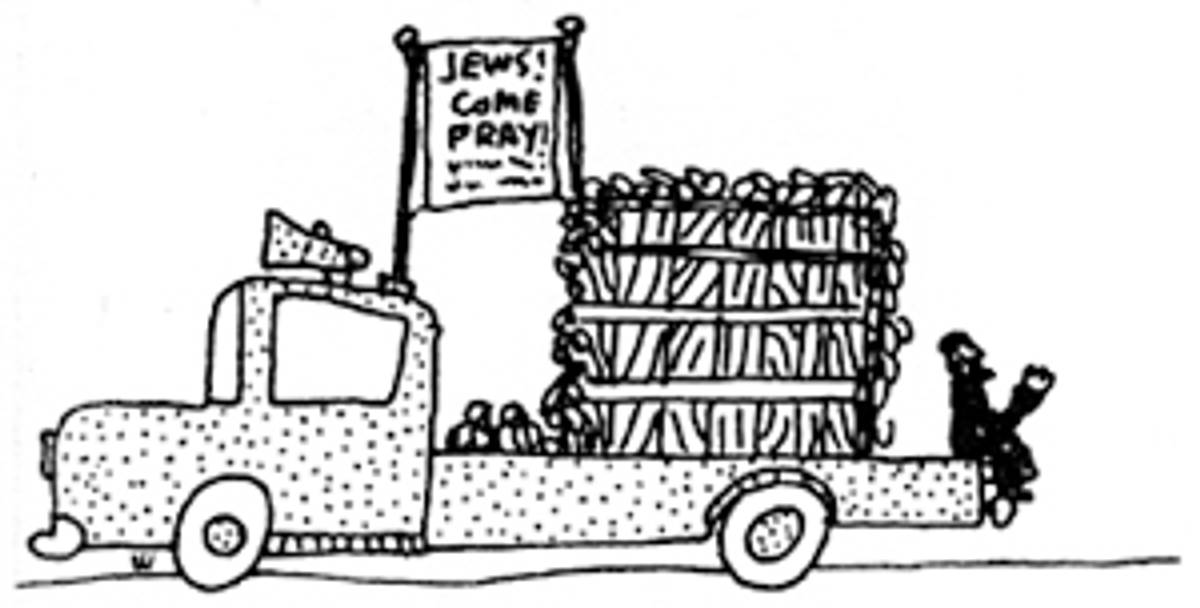
There are different origin stories about The Jewish Catalog. I went to the source: Richard Siegel, one of its editors, who told me that it began with a kind of revelation. “A bunch of us hardware-challenged Jews were trying to build a sukkah,” he recalled. “I said there should be a Whole Earth Catalog where you can find the information on how to build one. A light bulb went off.”
Siegel, who subsequently became prominent as the executive director of the National Foundation for Jewish Culture, was then a graduate student in Jewish communal service at Brandeis, and wrote his master’s thesis on the fledgling idea for the Catalog. Eventually he collaborated with Michael Strassfeld, also a Brandeis graduate student, and his wife, Sharon Strassfeld, to realize the project. They were all in their early to mid-20s and involved in Jewish counterculture, which centered locally around Havurat Shalom, an influential Boston-area Jewish community, and the alter zaydeh (old grandfather) of the idealistic havurah movement, the 1960s and 70s phenomenon of small, autonomous spiritual communities that challenged the traditionally hierarchical structure of the institutional Jewish world. (Some impulses, apparently, never change. While the havurah movement still exists, a more recent phenomenon of independent egalitarian minyans has revived much of the energy and interest that havurot did in their heyday.)
To create the Catalog, Siegel and the Strassfelds set about soliciting contributors who wrote sections on everything from scribal arts to Jewish film. The editors penned a good portion of it themselves as well. “In our minds,” Siegel says, “we were kind of writing this for our extended chevra.
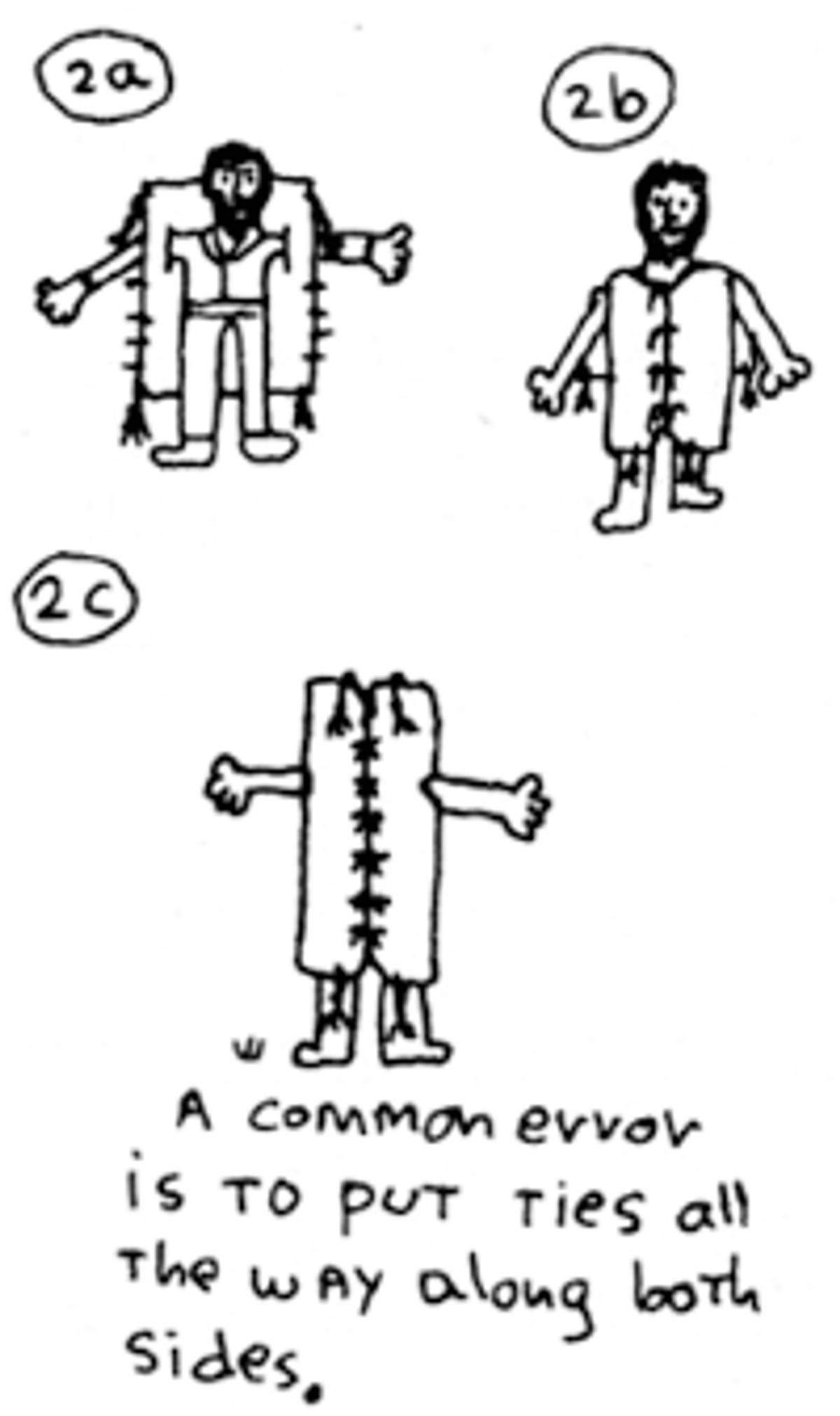
We had some sense that there was a broader network, but we had no idea what the true temperament of the times was.”
They took it to the Jewish Publication Society, which printed an initial run of 10,000. That sold out quickly when the book was released in December, 1973, as did a second printing of 20,000 soon after. A story about the book in The New York Times helped boost sales, but it was largely a grassroots phenomenon.
“It was this revelatory kind of thing,” Siegel says of the astounding response. “People were searching for some access to a meaningful Jewish experience. This just opened up a world for them.”
The book’s success, says Strassfeld, now the rabbi of the Society for the Advancement of Judaism in New York, had as much to do with its tone as it did with the information contained inside. “We weren’t saying, ‘Here are the 613 things you have to do to be a good Jew,’” he says. “We were saying, ‘We’re excited and interested in Judaism, and we’re just trying to give you access. If you really want to make candles, make candles.’”
Eventually, a second and third edition of the Catalog would be published, in 1979 and 1981 respectively. But nothing came close to the impact of that red-covered first edition, which has sold half a million copies and remains in print to this day. (It is the Jewish Publication Society’s second best seller, after the Bible.) Both Strassfeld and Siegel went on separately to make significant professional contributions to the Jewish community, but nearly 35 years later people still approach them, gushing with appreciation for The Jewish Catalog.
It’s easy to see why it appealed to people like my parents and vast numbers of others. The Catalog conveyed basic information on Judaism in a non-judgmental, folksy tone, as if it had been written by a patient friend. (“One can get a Jewish wall calendar from many places, especially from kosher butchers. There are also 100-year calendars which are good for those who like to plan ahead or for those who want to find out what their Hebrew birthdays were in 1953 or 1922, etc…”)
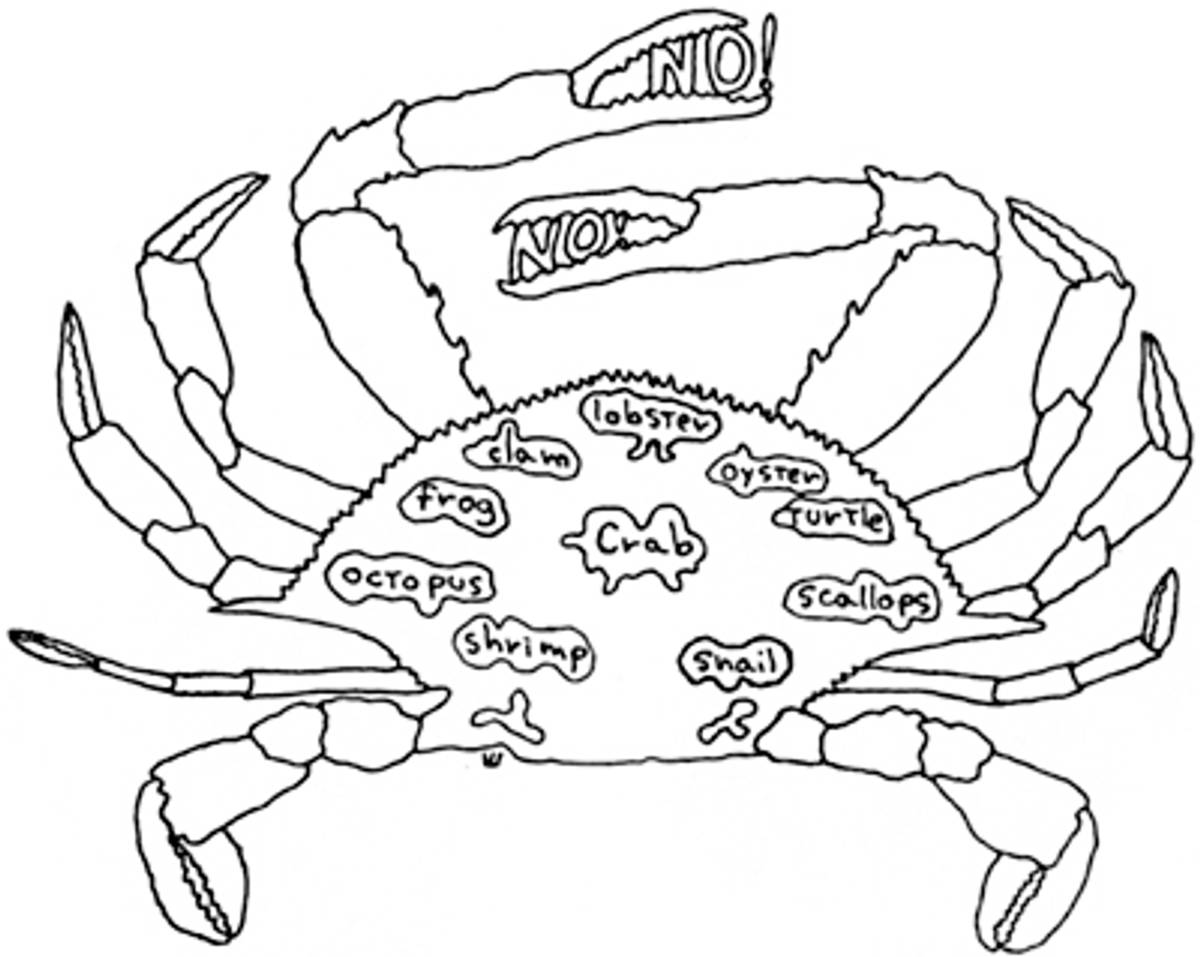
It appealed to a certain publishing ideal of the era that included not just the Whole Earth Catalog, but books like the Moosewood Cookbook and the Joy of Sex, all seeking to demystify the mysterious.
But how to explain the catalog’s continued appeal for someone like me? Surely I’m not the only one born in the 1970s who harbors nostalgia for The Jewish Catalog and its vision of groovy, do-it-yourself Judaism. I long ago commandeered my parents’ old copy with its stained pages and broken binding. When I was a teenager making zines including Mazeltov Cocktail, a kind of Jewish punk manifesto, I kept the visually chockablock Jewish Catalog on hand for graphic inspiration. It became a fixture on my bookshelf, accompanying me through nine New York apartments in 12 years. Nowadays, it sits in a cabinet with my most precious accumulated ephemera—other zines, copies of Sassy magazine, letters from old friends, and photographs from faraway lands.
In truth, I rarely use the catalog for what it was intended, and never really did. My day-school education and subsequent learning satisfied much of what I wanted to know about Jewish practice. The Internet has long since assumed the mantle of all sorts of reference books, including The Jewish Catalog, putting information about Judaism an easy Google search away.
But although I may not consult it in search of particular information, I’ve always found it good for serendipitously stumbling upon things I didn’t even know I was curious about, or renewing my inspiration around something I already know that I am. In my mind, it’s most important not as a compendium of information but for its sparkling spirit. That spirit still conjures the Jewish fantasy world that enchanted me as a child—a world of making things and being happy and sharing, a world where everyone was equal and leaders were nowhere to be seen, and a world where Jewish practice was as natural as breathing.
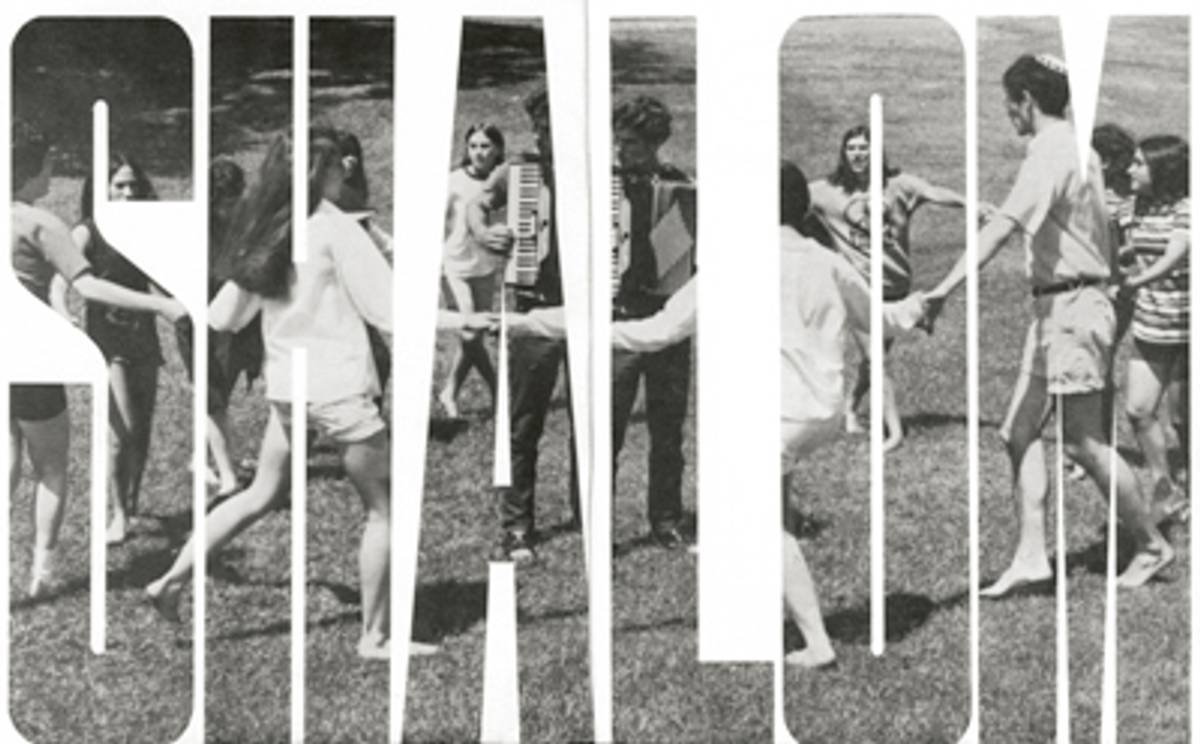
Jennifer Bleyer is a New York-based journalist who has written recently for the New York Times, Slate, Cosmopolitan, City Pages, and TheAtlantic.com. She tweets at @jennypencil.
Jennifer Bleyer is a New York-based psychotherapist and writer.